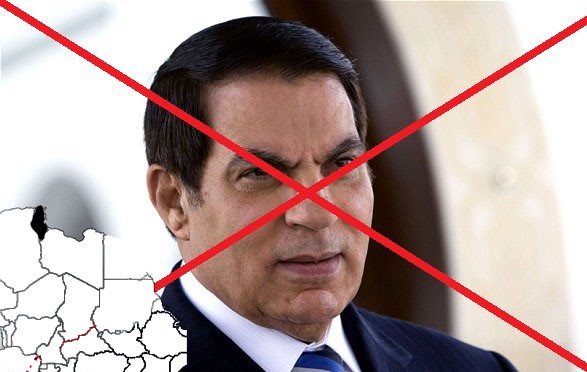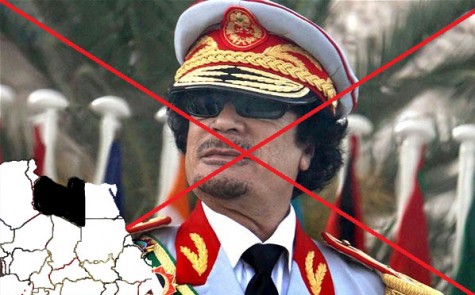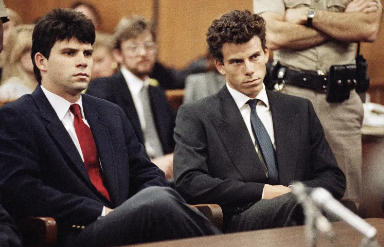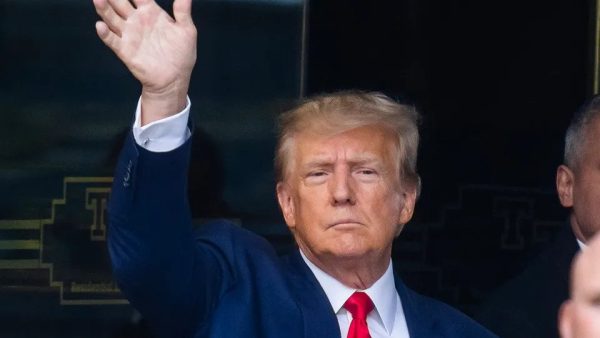Four years later, the Arab Spring continues to falter

Tunisian president Ben Ali was deposed in 2011.
On December 17th, 2010, 26 year-old Mohamed Bouazizi set himself on fire in front of a government building in Tunisia. He later died in the hospital on January 4, 2011. Bouazizi’s self-immolation sparked anti-government protests across the small North African country.
After a month of protests, riots, and strikes that took more than 300 lives, the government of Zine El Abidine Ben Ali was overthrown after being in power since 1987. The Jasmine Revolution, as the uprising came to be known, sparked a wave of unrest across the Arab world that came to be known as Arab Spring.
Many factors caused the Arab Spring unrest, including corruption, unemployment, inflation, authoritarianism, and human rights abuses. After the Jasmine Revolution, the Arab Spring spread like wildfire. There were demonstrations in Algeria, Sudan, Bahrain, Saudi Arabia, and many other countries, with varying degrees of success.
In Egypt, protests against the reign of President Hosni Mubarak erupted. Mubarak, in power since the assassination of Anwar Sadat in 1980, was a strong pro-American ally in the Middle East and North Africa. On February 11th, 2011, Mubarak resigned as president. The violent government response to the protests and riots took the lives of more than 800 people.

In Libya, Muammar Gaddafi ruled with an iron fist since 1969. January, thousands of Libyans took to the streets to protest his regime. The regime’s response was brutal, and scores of people were killed by police and the military.
In late February, the Libyan uprising escalated into a full-blown civil war. Beginning in March, the North Atlantic Treaty Organization, Jordan, Qatar, Sweden, and the UAE intervened in the war on the side of the rebels. The coalition launched a campaign against Gaddafi’s forces from both the air and sea.
With the help of the coalition, the rebels eventually emerged victorious. The Gaddafi regime was overthrown, and Gaddafi himself was killed on October 20th, 2011.

There was much controversy over the intervention in Libya, and many in the United States were opposed to the military action. American history teacher Mr. Brian Flaherty said, “I don’t think it was a mistake but I wouldn’t have sent troops over to intervene. The deployment of troops after the 14 year War on Terror is not what the US needs right now. We need to focus on the issues on the domestic front.”
Syria’s is the most tragic episode of the Arab Spring. President Bashar al-Assad assumed control of the country after his father Hafez died in 2000. Like his father’s, Bashar’s rule was notoriously harsh. The brutality of his regime led to a widespread popular uprising.
Just as in Libya, the popular uprising in Syria deteriorated into a bloody civil war, which continues to this day. The war in Syria is a complex conflict involving the government, opposition, Islamic jihadists, and Kurdish forces. Since the 2011, more than 200,000 people have been killed, mostly of them being civilians.
Four years since the war started, there is still no end in sight. It is unclear what side will prevail, but according to world cultures teacher Mr. Stephen Spencer, “Whatever happens, we and Israel lose.”
Though the uprisings in Tunisia, Libya, and Egypt overthrown the autocrats, those countries remain unstable.
In Tunisia, where the Arab Spring began, the ruling Islamist Ennahda Movement was at odds with the country’s largely secular opposition. The Ennahda Movement led the country after the first free elections in October of 2011. In February of 2013, leftist leader Chokri Belaid was assassinated, and the following July, opposition politician Mohamed Brahmi was killed.
The volatile situation in neighboring Libya has made Tunisia’s eastern border dangerous and insecure. Near the country’s mountainous western border with Algeria, Tunisian armed forces have been fighting Islamist militants. The country even has its own terrorist group, Ansar al-Sharia in Tunisia.
In Egypt, the country’s first free parliamentary election was held in 2011. In June 2012, Mohamed Morsi of the Islamist Freedom and Justice Party became the country’s first democratically elected president. A year after Morsi’s election, there were massive protests against Morsi’s rule.
The anti-Morsi protests were followed by a military coup on July 3rd, 2013. After the coup, the Egyptian government cracked down on the Muslim Brotherhood and supporters, killing and arresting hundreds. The leader of the 2013 coup, Field Marshall Abdel Fattah el-Sisi, was elected president in May of 2014. The Egyptian government has also been fighting an Islamist insurgency in the Sinai Peninsula since 2011.
The end of the civil war brought no peace to Libya. The stability of the Gaddafi era was followed by widespread turmoil. Since the war’s end, warring militias and factions have exerted more power than the central government.
Islamic militant groups have been growing more power. On September 11th, 2012, Islamist militants attacked two compounds in the Libyan city of Benghazi, killing four Americans, including the U.S. Ambassador to Libya, J. Christopher Stevens.
On May 16th, 2014, Libyan general Khalifa Haftar launched a campaign against armed Islamists in Benghazi, Libya’s second largest city. Named “Operation Dignity,” the campaign led to a second civil war in Libya that has killed almost 3,000 people.
Four years ago, the Arab Spring spread like wildfire across the Arab world. It had a monumental effect on history, but whether the Arab Spring was a success or failure is a disputed matter.
Mr. Spencer said the Arab Spring was a “total failure, Islamists have replaced the dictators.”
Others, like Mr. Flaherty, are more optimistic. “Eventually it will be a success but right now the number of deaths and destruction of countries makes it look like a failure. Changing of power in these select countries will help with the international affairs after the initial shock of the overthrow of these long standing leaders has subsided,” explained Flaherty.”
Ultimately, it is up to the people of Tunisia, Libya, Egypt, and Syria to break the cycle of oppression and dictatorship in their respective countries.

This is my second year writing for The Purple Quill. As a junior, I was the News Editor and I am currently Co-Editor of the print edition of the Quill....













